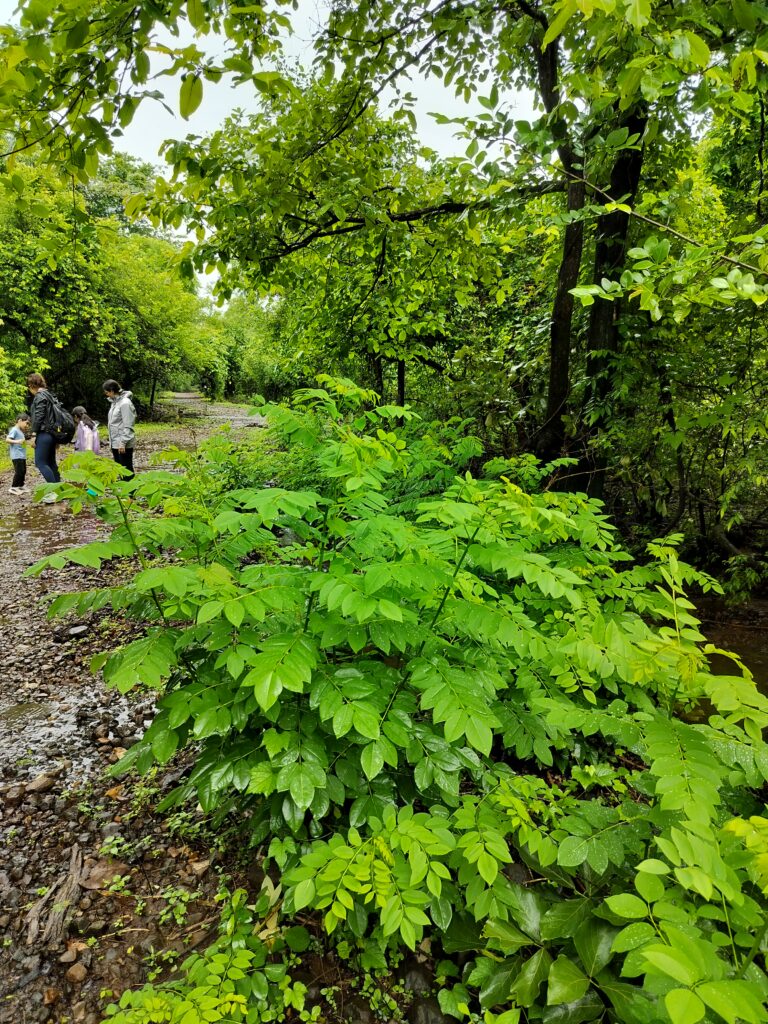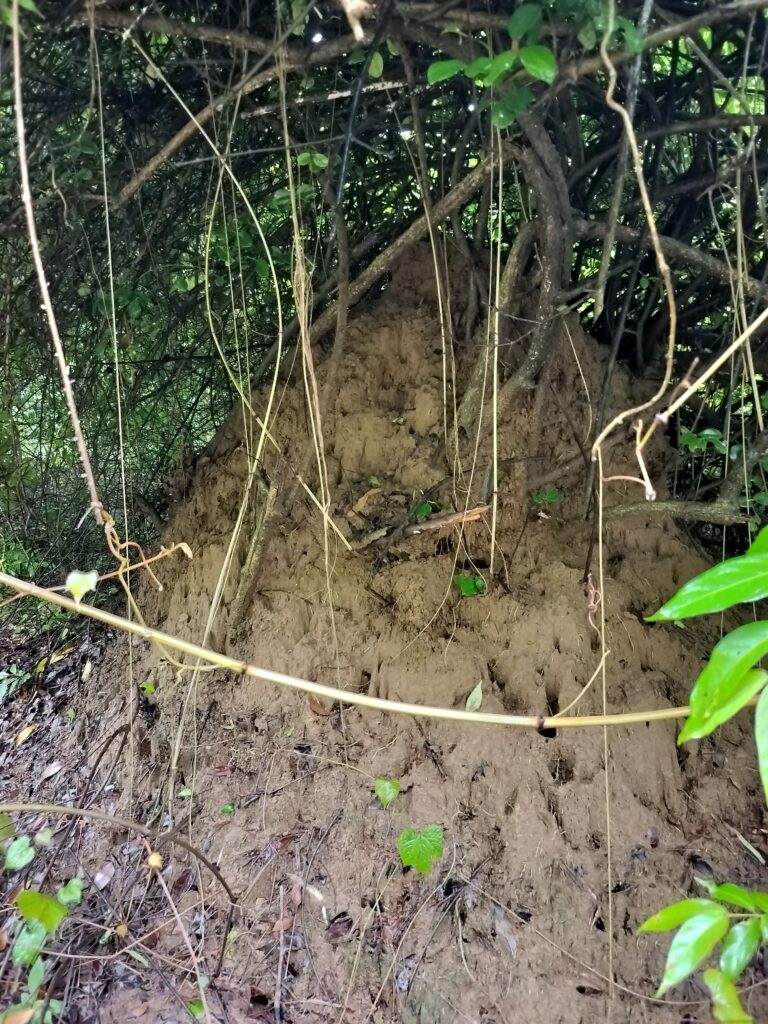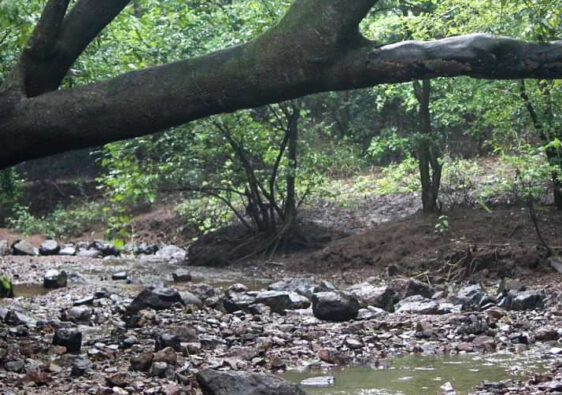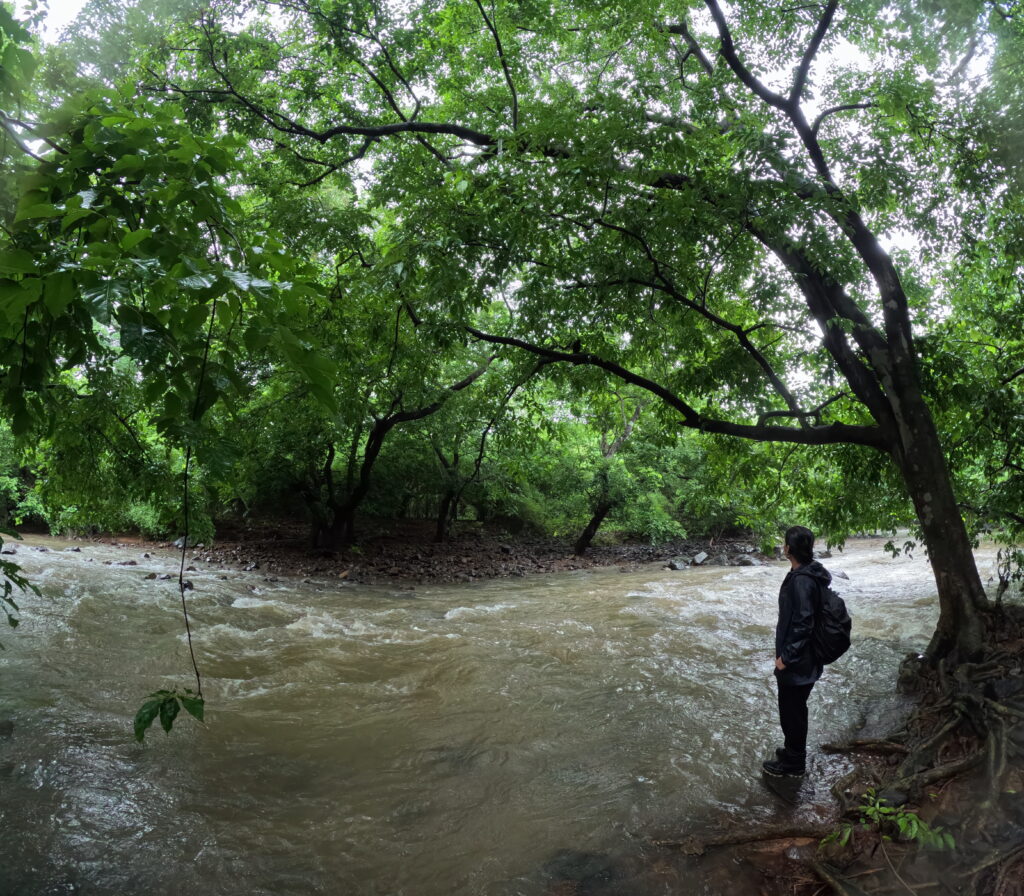
The people of Mumbai are blessed to have a green forest cover within its city limits. The only place where one can breathe in fresh air – Sanjay Gandhi National Park (SGNP). The arrival of monsoon attracts more crowds to the park to witness the magical transformation of the park from dry deciduous to lush green forest with numerous flowing streams. Kanheri caves is the hotspot in the rainy season and people throng in large numbers towards it.
So basically, the areas of SGNP that are open to the public are only a fraction of the park’s total area. Vast portions of the park are restricted. It is in these areas that the real treasures of the park are tucked away from the tourist zone.
How does one visit these areas to observe nature & wildlife?
Nature Information Centre (NIC) in SGNP, through prior booking, organizes guided nature trails into the wilderness of the park. The NIC organizes activities like nature trails & treks, birding excursions, butterfly watching and overnight camps led by experts. Going on a guided trail with the experts helps us understand different aspects related to wildlife and biodiversity and the importance of its conservation.
There are many hidden treasures in SGNP like Shilonda trail, Gaimukh trail, Kashimira trail, Malad trail, Tulsi lake trail, Upper Kanheri trek & Highest Point trek. Walking on these trails and treks with naturalists, you can learn about your surroundings and the natural cultural heritage of SGNP.
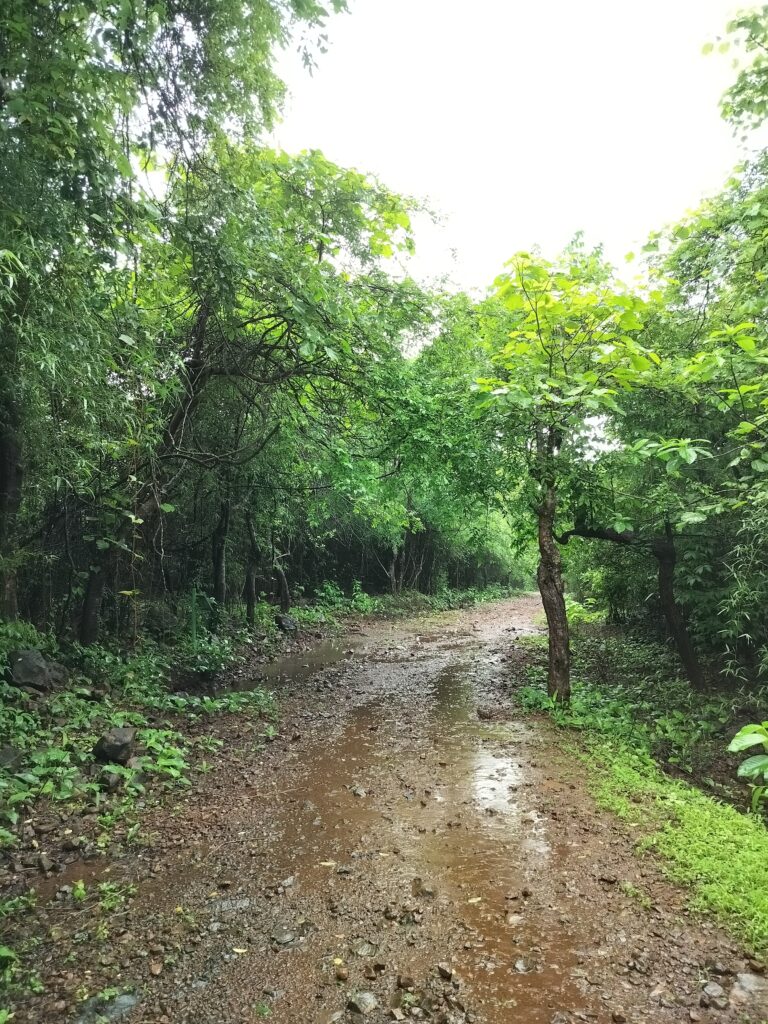
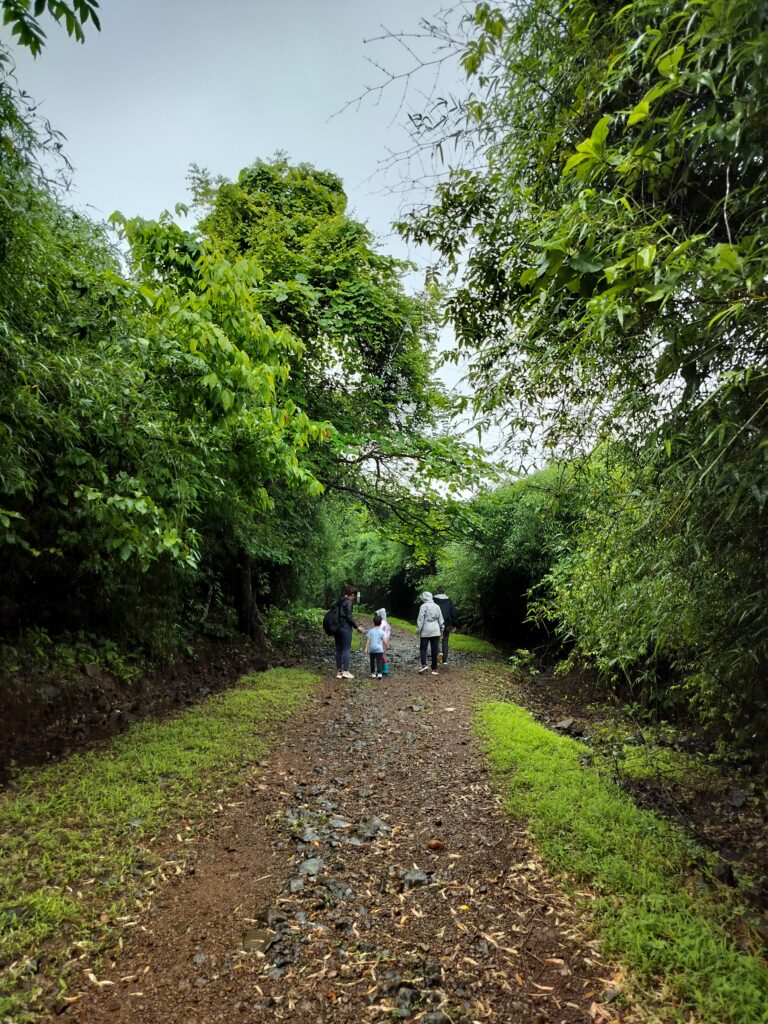
SHILONDA TRAIL
Shilonda trail is around 1.5 km from the main gate of SGNP from Borivali side. This is one of the most popular trails in SGNP. A walk of about 3 hours (2.5 km) through the forest is a very rewarding experience. The walk first goes through the secondary forest which gives way to taller mixed deciduous forest with good growth of bamboo. The vegetation along the trail changes from low, bushy scrub in the beginning to taller, denser forest towards the end.

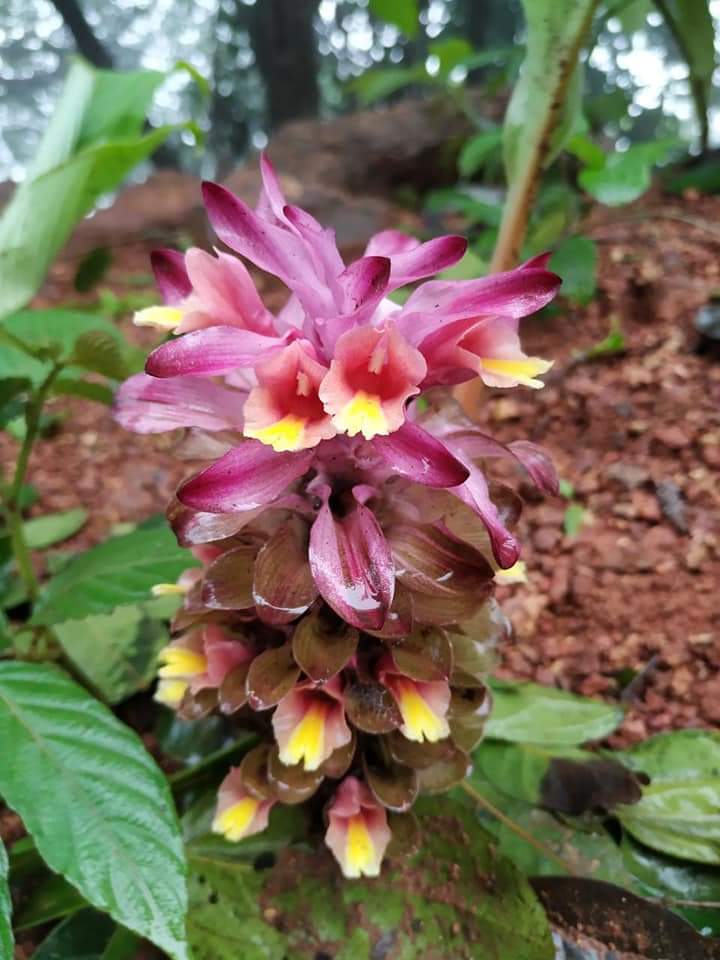
Towards the eastern side, the trail narrows and the challenging hike on rugged terrain leads up the ridge in the south where Kanheri caves are located. A small river crosses the trail. Though dry in summer, it is a raging torrent in the monsoon. The entry to the second stream is closed as the river is very turbulent during heavy rains.
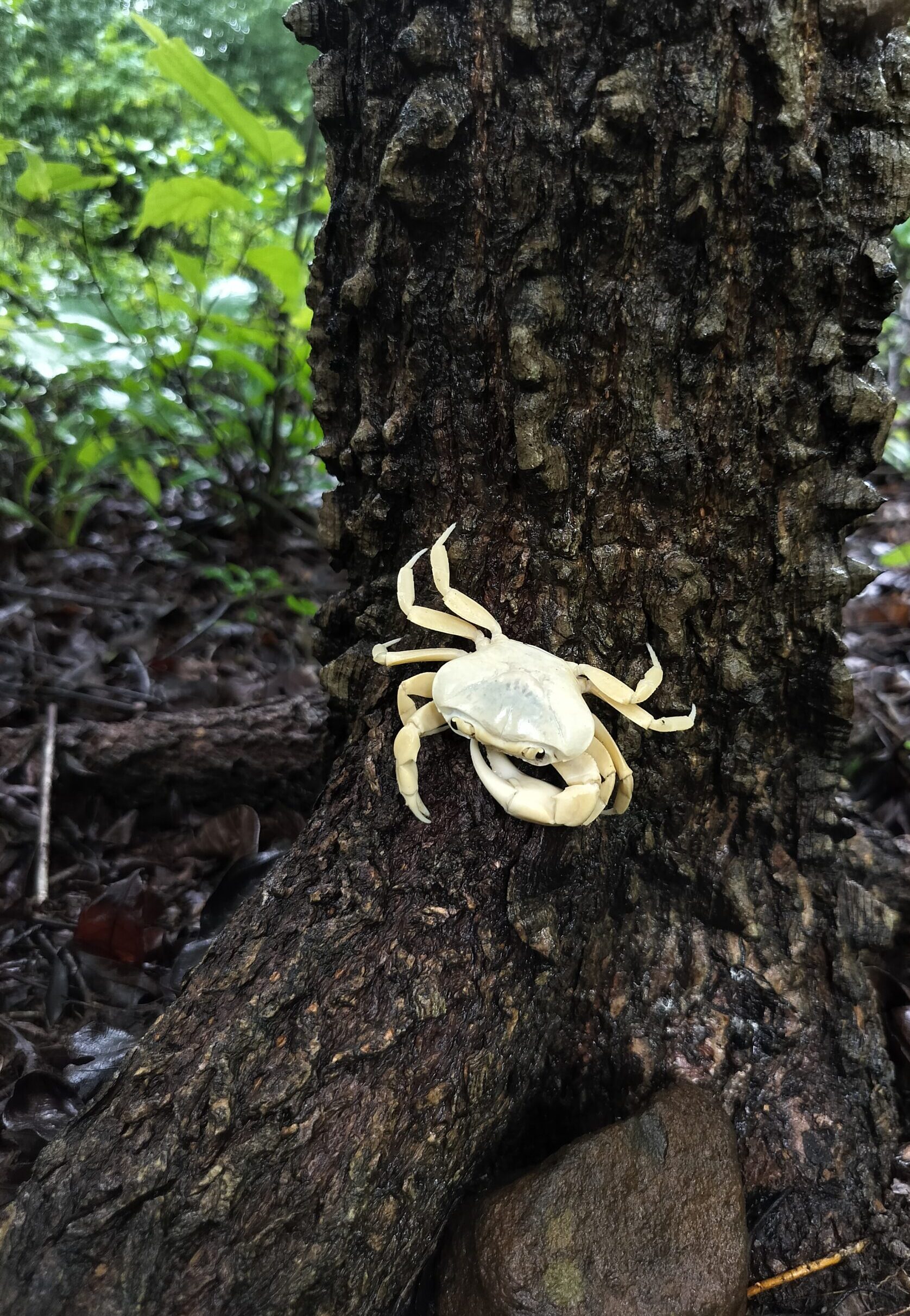

The trail makes for a great nature-watch under the guidance of a naturalist. You will come across many observations of native tree species, herpetofauna, flora and avifauna. There is also a chance of sighting clues of mammal activity. The level of walk on Shilonda trail is relatively easy with a perfect level of comfort for a family with kids. It is a great opportunity to introduce a child to the wonders of nature – plants, butterflies, bugs, spiders, birds, flowers, wild fruits and other varieties of insects.
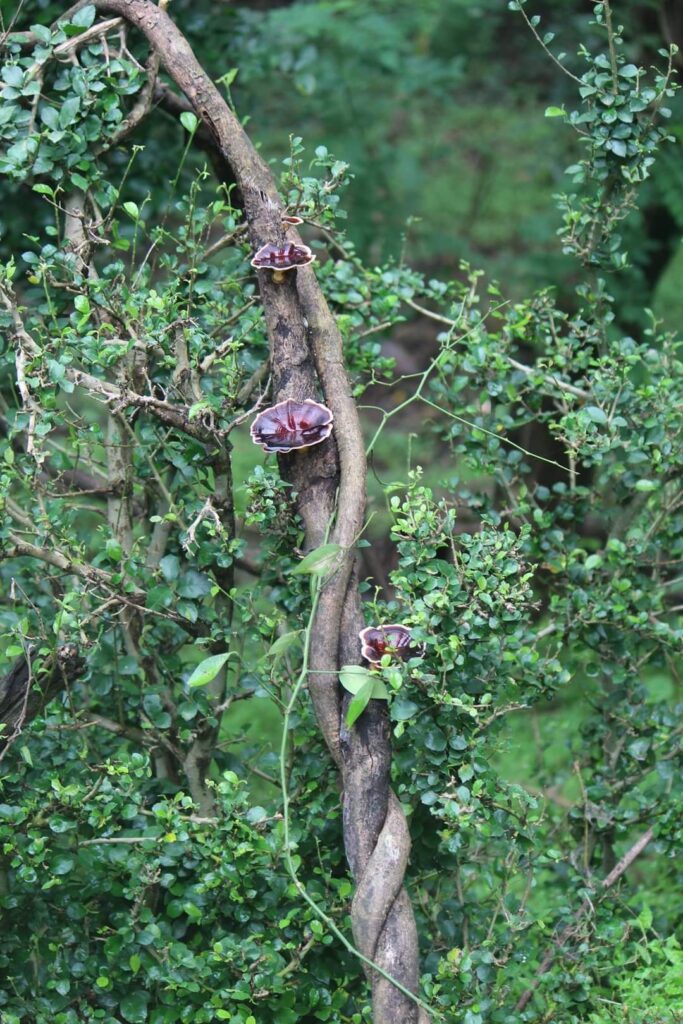
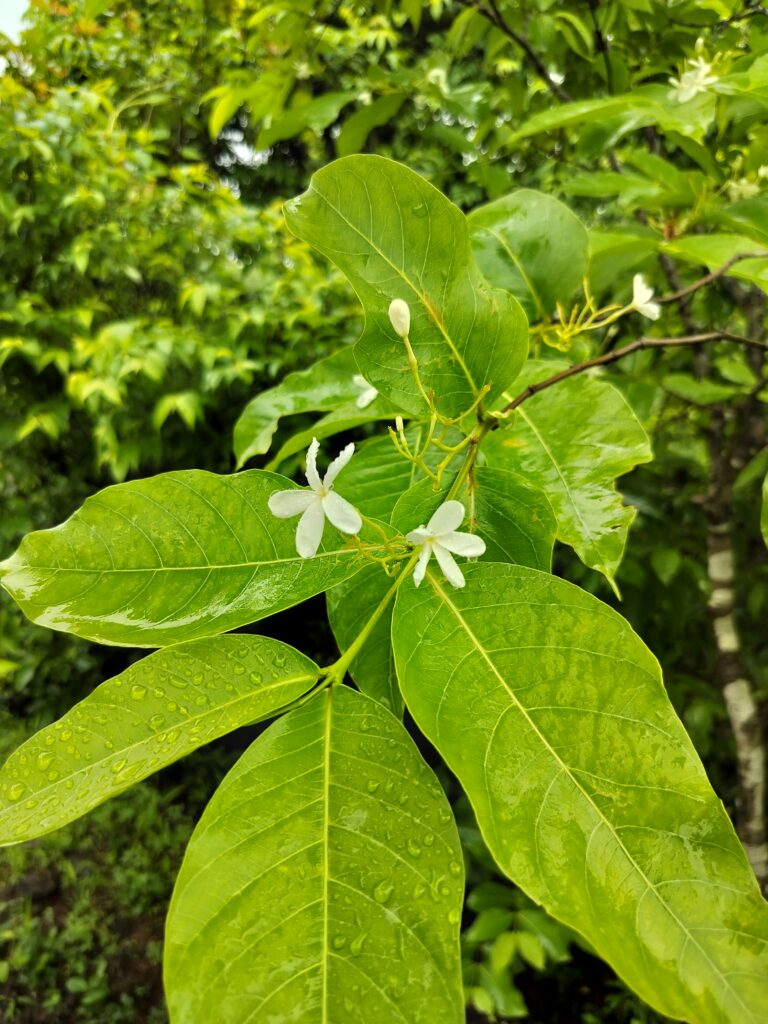
Teeming with numerous habitants, Shilonda is an ideal place for nature and macro photography. The hoots of Greater Coucal provide a relief from the sounds of the cacophonous city.
The Shilonda trail is excellent for bird-watching. There is also a good chance that you will come across some signs of a leopard, like pugmarks in the soil or claw marks on the barks of a tree. It is indeed impossible to believe that one is still within the limits of Greater Mumbai!
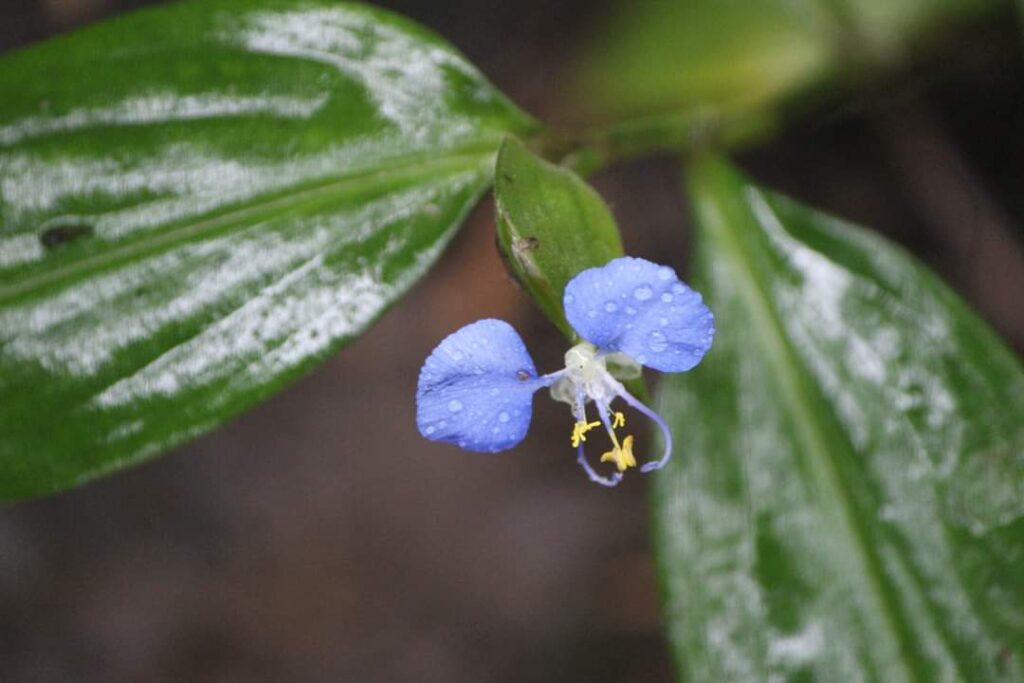

NEW LEARNINGS ON THE TRAIL:
Soccer ball fruit tree (Tabernaemontana stapfiana)
Though the fruit is non-edible for humans it serves a great purpose for birds especially those who are feeding their young ones. Birds like hornbills consume the fruit to clean their stomach.
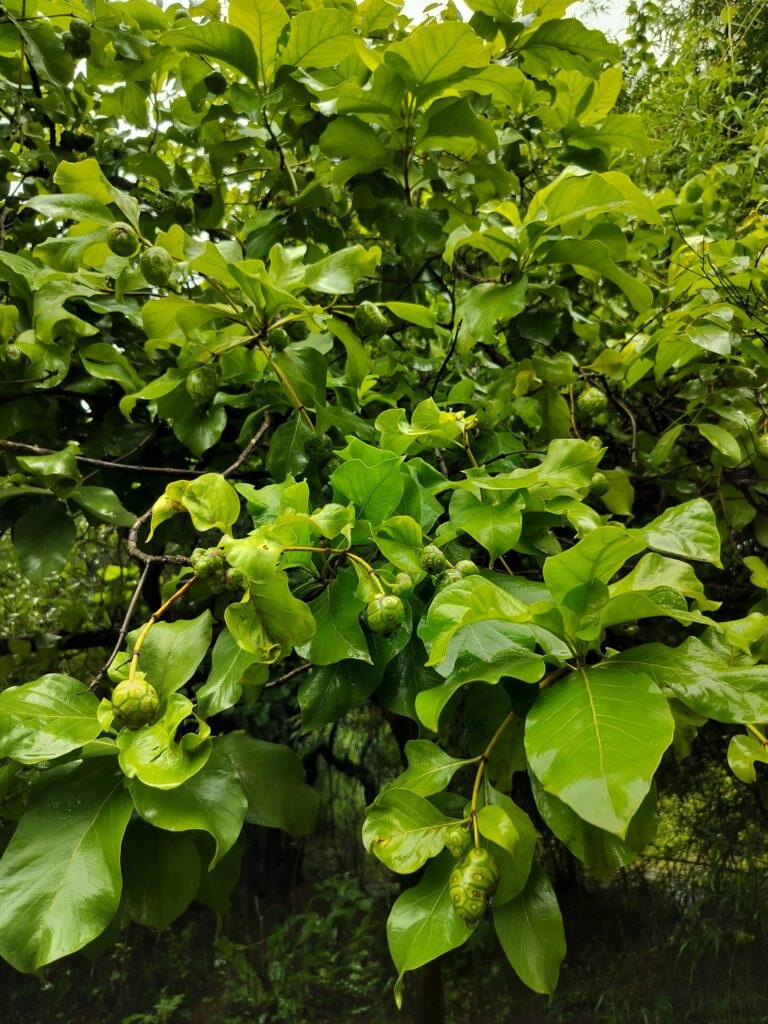
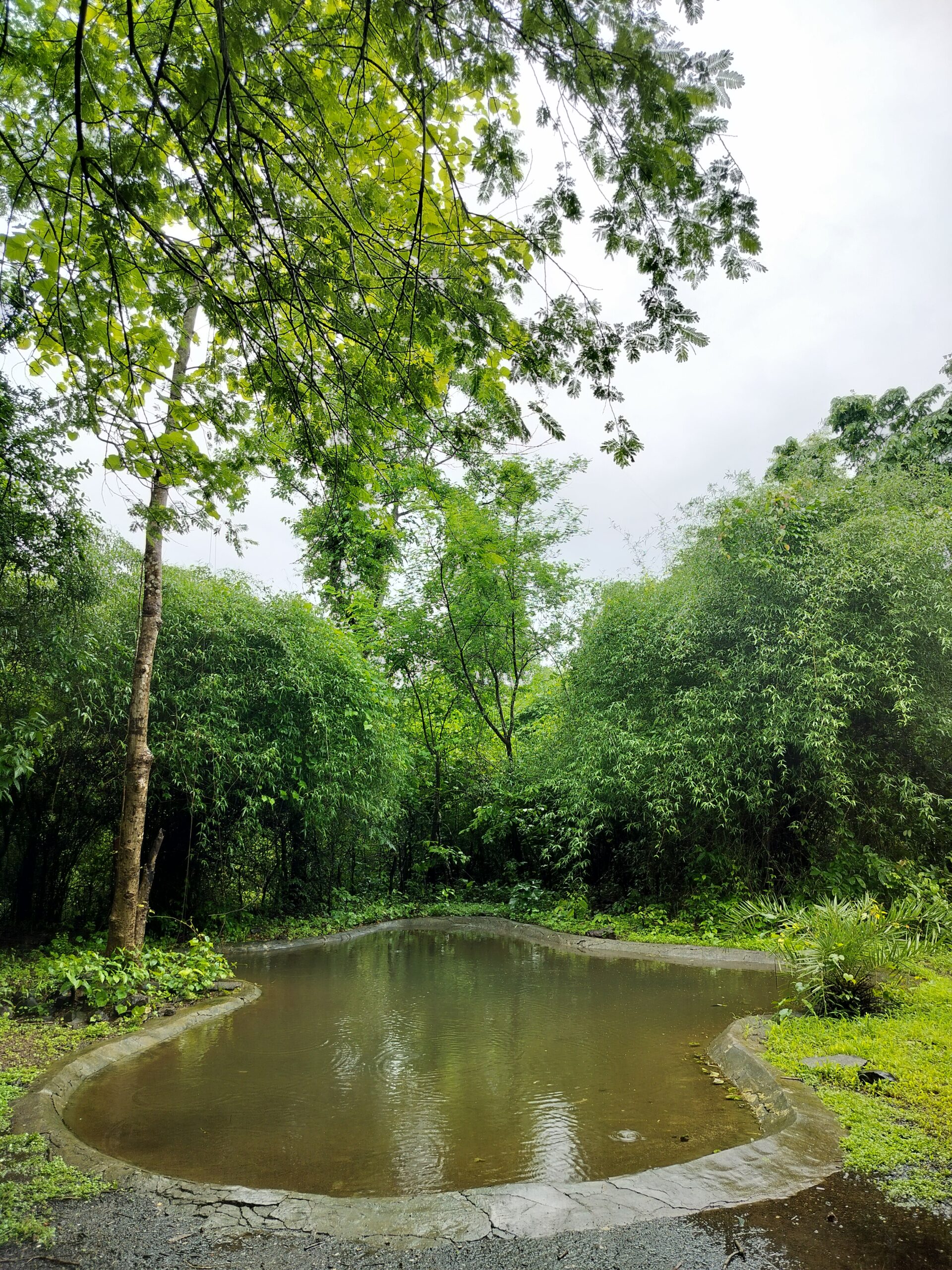
Orchids plants growing on other trees
There are more than 80 species of orchids found in SGNP. Out of which more than 60 are epiphytic orchids. They attach themselves high up in trees, as a way to obtain more sunlight and shelter. Because their roots are not in the ground, they rely on host trees for absorbing nutrients. In this process, they do not harm the trees they grow in.
Undirmari tree (Gliricidia sepium)
These exotic trees were bought and cultivated in India around 1900. They were planted in forest to kill rats and used as fences around mango and cashew orchards and agricultural properties. Its bark and seeds act as rat poison and prevent rodents from attacking the crops nearby.
Colony of Termites
Termites are social insects that live in very large colonies headed by a queen who is the mother of all the individuals in the colony. They construct nests in the soil which rise up from the ground like towers and are called termite ‘mounds’. Termites feed on wood, sticks, fallen leaves etc. and help recycle dead plant material and return nutrients to the soil. They play an important role in the complex food-web of the forest.
